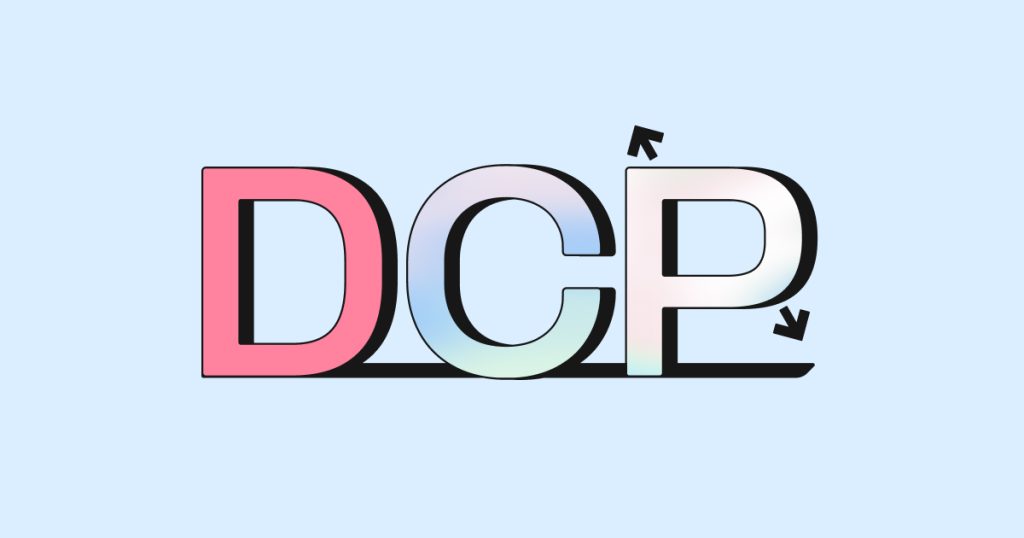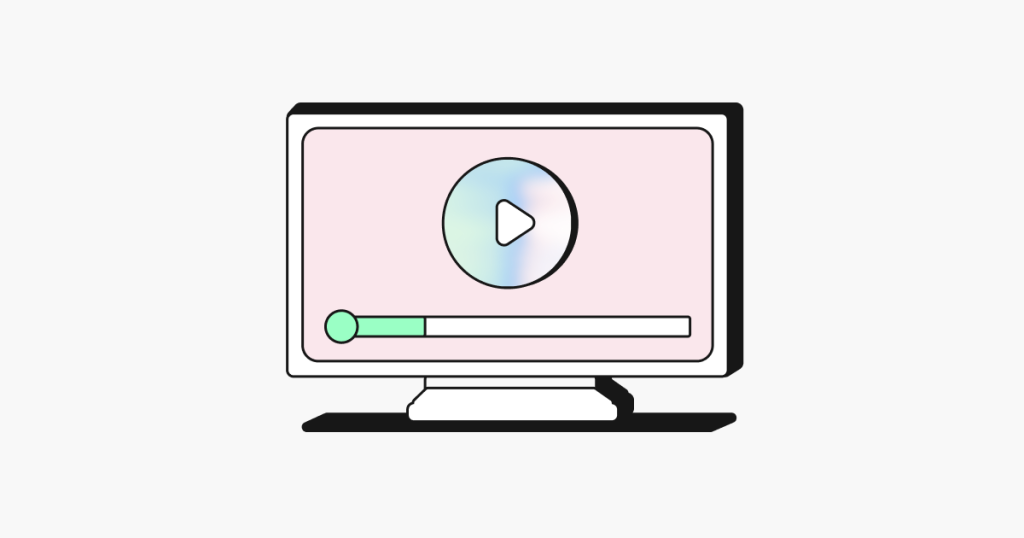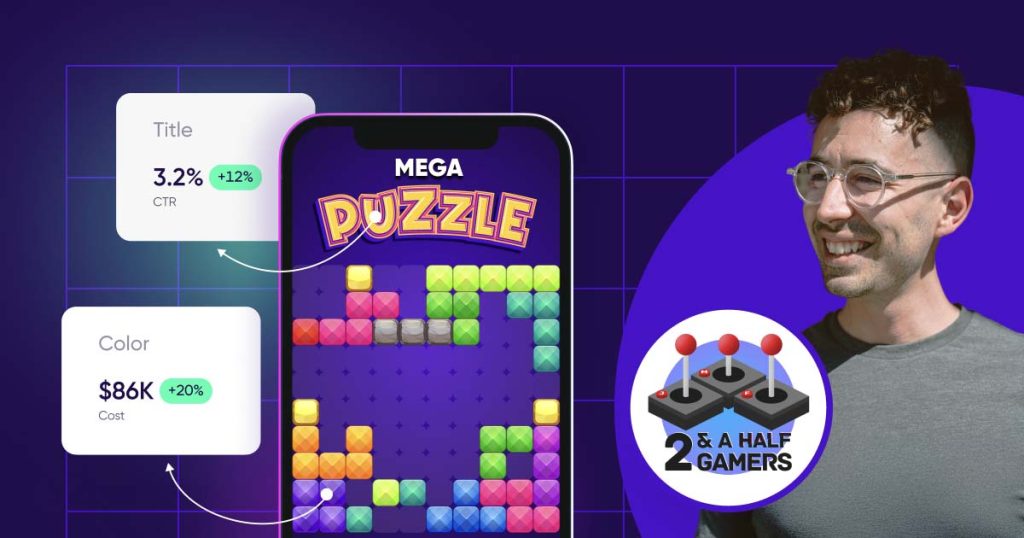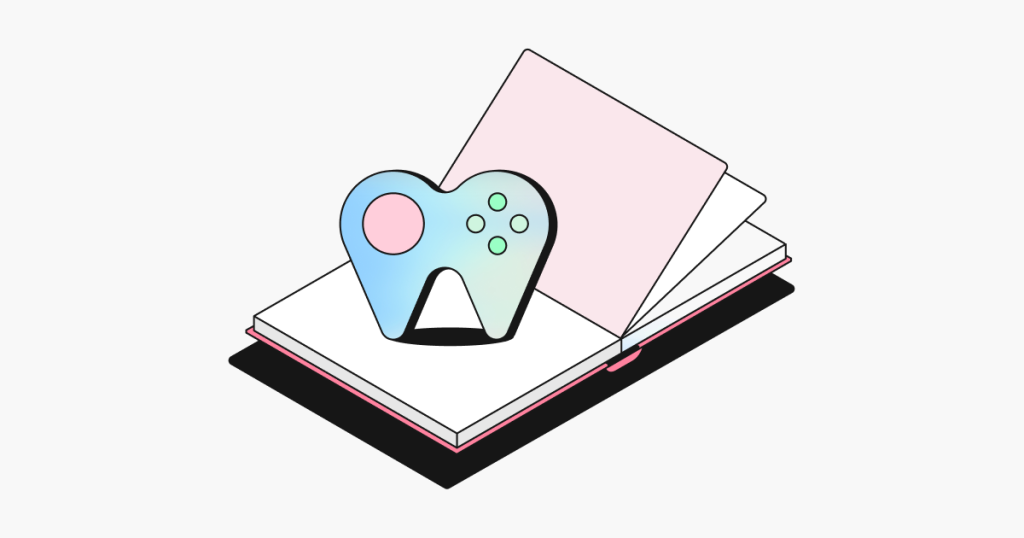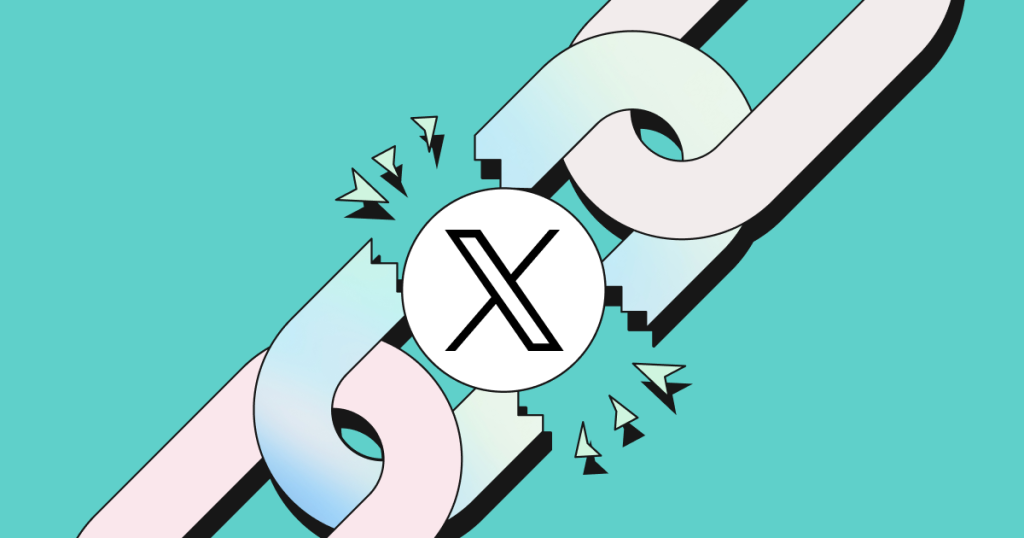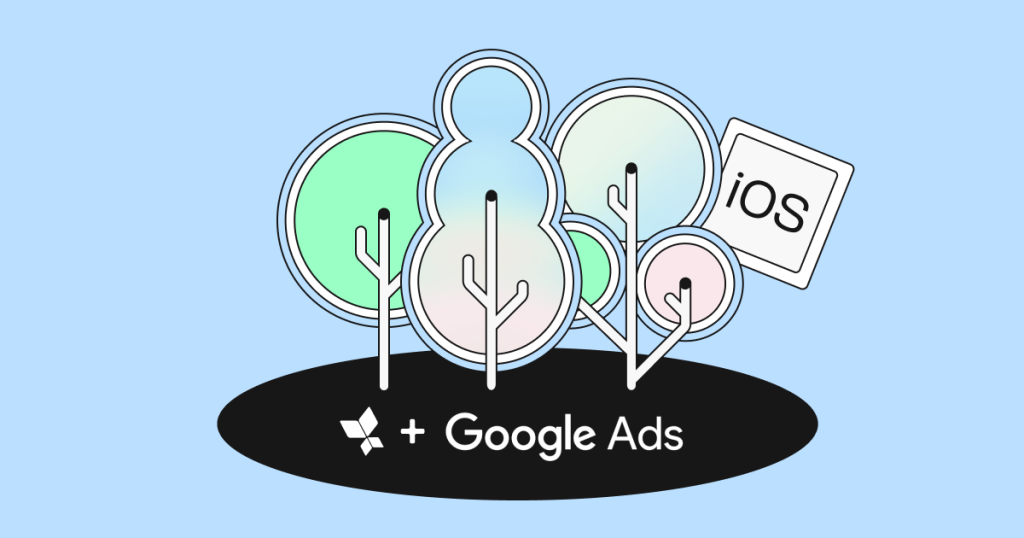Was 2020 a game-changer for mobile gaming?


2020 has shaken up the landscape of mobile apps – and mobile gaming in particular.
Lockdown conditions and social distancing have meant more sofa time, and with that comes more and more people turning to their screens for a much-needed distraction.
Games are in greater demand than ever, leading to a 45% rise in the number of gaming app installs compared to 2019. There was also a 25% increase in in-app purchase (IAP) revenue during and after Covid-19 lockdowns – in short, this represents a real game changer for mobile.
But is this accelerated growth set to be a long-term shift, or is it likely just a short-term phenomenon that will see a correction in KPIs to something closer to what we were seeing before February 2020?
The new State of Gaming App Marketing report analyzed 9.2 billion installs for answers. We’ll cover a few highlights in this blog including install and revenue trends, as well as growth opportunities across the globe.
Growth by genre: a new normal for some, but perhaps not all
With app installs up 45%, it’d be easy to assume that business is booming across the whole gaming market during a period of spectacular growth. However, if we look closer, much of this is owed to immense growth in a handful of categories, with much more modest shifts in others.
Above all, the “softer” gaming categories of Hyper Casual (HC) and casual were the clear winners, with a 90% growth in HC alone.
Even better news for Hyper Casual devs comes from the growth in non-organic installs, which increased by a staggering 250% in 2020 compared to the previous year. Clearly, HC marketers were quick to seize the opportunity.
The rapidly growing audience brought on by lockdown restrictions across the globe has led to a large rise in the number of new players for these softer categories, with a particular appetite for the snackable, instant entertainment provided by HC and, to some degree, casual games.
This also suggests that beginner players – those who might be trying mobile gaming for the first time – are starting with the most accessible genres.
However, this growth has come at a cost and it’s a cost that introduces some uncertainty as to whether this boom in softer categories is a new normal that’s here to stay.
The state of gaming app marketing
‘In marketing we (continue to) trust’
WIth demand for mobile games on the rise, many developers and marketers continued their significant investment in paid user acquisition, leading to a 70% year-over-year jump. This proved to be a sound strategy, particularly when huge numbers of people were suddenly confined to their homes, many with free time to fill.
Despite heightened organic demand this year, which grew 57% more than the previous year compared to only a slight increase in non-organic installs (NOI), the latter’s growth was more than twice as high.
Beyond the opportunity brought about by the pandemic, there are two main reasons behind the robust growth in NOI:
- Organic discovery for the average app continues to be extremely challenging and only getting harder each year.
- Gaming apps have the confidence in their ability to leverage data to drive profitable marketing investments.
At the same time, cost per install (CPIs) – particularly in casual and HC – were low during this period. Our data sample suggests that developers spotted this and brought their user acquisition budgets forward to late Q1 / early Q2 as a result. The outcome was that all categories spiked during March and April (+35% in April vs February) before dropping later in the year.
However, heightened demand drove prices up after lockdown. The US showed a 35% rise, while across APAC the jump was 45% among iOS CPI since March. Some of this was down to big brands who initially pulled back their spending amid increased uncertainty – but their return drove bid prices up across genres and GEOs.
Gaming apps maintain heightened IAP revenue post-lockdown
Although installs of gaming apps spiked when lockdown started in March, in-app spending followed in April and peaked in May (+25% vs February), and later again in July. It appears that these apps were able to leverage the large number of users who installed during lockdown and remained engaged throughout.
This is yet another indication of how different 2020 was compared to 2019.
Last year, most revenue was generated during Q1, then dropped sharply in Q2. This year, the opposite is true in terms of revenue distribution. The casual app genre has been a driving force behind this shift, with its figures jumping 55% from March to May and remaining high through the rest of 2020.
As countries around the world came to grips with the pandemic, users clearly turned to IAPs in greater numbers as part of their light entertainment diet. The need for a distraction saw a significant shift in spending patterns.
This contrasts sharply with in-app advertising (IAA) performance: while IAP revenue climbed 67% from February to August, IAA revenue gradually decreased throughout the year.
It appears that players had a lower tolerance for ads in 2020, but were more willing to make purchases in a world that suddenly had restrictions on where people may traditionally spend their disposable income, such as travel, restaurants, sporting events and cultural activities.
High growth markets – where can we diversify?
In 2020 so far, large developing markets like Brazil, Vietnam and Russia have seen some of the highest increases in growth of paid user acquisition. These are markets that not only have huge populations, but also ones that have been hit hard by Covid-19.
In the main, this is not a surprise – the major growth markets in 2020 are largely what we’d expect to see. Not exactly a new normal, but perhaps an acceleration of old norms instead.
So where can user acquisition look to diversify? Some of the fastest-growing markets (outside of the top 10) across all categories include Colombia, Peru, Morocco, Egypt and parts of the Middle East and Africa. For the booming categories of casual and HC, Australia, Malaysia and South Africa are also in play.
With CPIs rising due to the increase in competition, this is absolutely the time for developers to innovate when it comes to user acquisition. Whether that’s investing in new fast-growing territories, or turning to new channels such as TikTok or Snap, adaptation will be key as we head towards 2021.
We’ve looked at drivers of growth and retention – let’s wrap up by examining how (or if) monetization has changed in 2020.
So, is there a new normal in mobile gaming?
Wrapping up, it’s clear to anyone with a passing interest in mobile gaming that 2020 has been a year of huge growth in the market, with unprecedented circumstances leading to more people than ever before looking for entertainment and distraction.
But will these new global conditions lead to long-term accelerated growth? Certainly, there have been some positive short term gains in the market, and there are some indicators that this growth may persist into the future.
However, with much uncertainty on the horizon – not only in terms of the far-reaching effects of the pandemic, but also other factors like iOS14’s changes to the App Tracking Transparency framework and rising CPIs – it’s difficult to say for sure what’s around the corner.
It’s therefore important that you continue to closely monitor your numbers, and so will we as we continue to report on the state of the industry into 2021.



